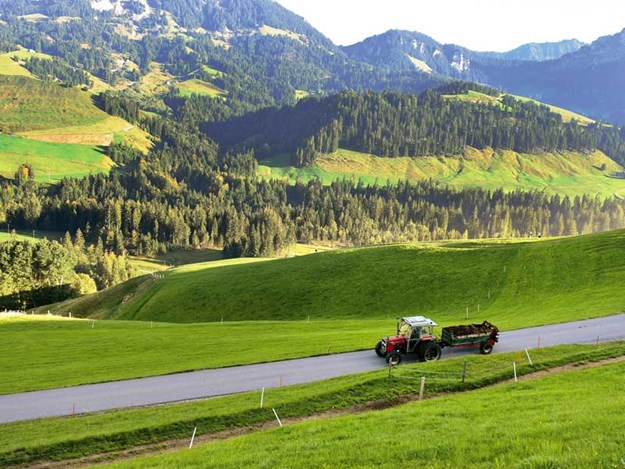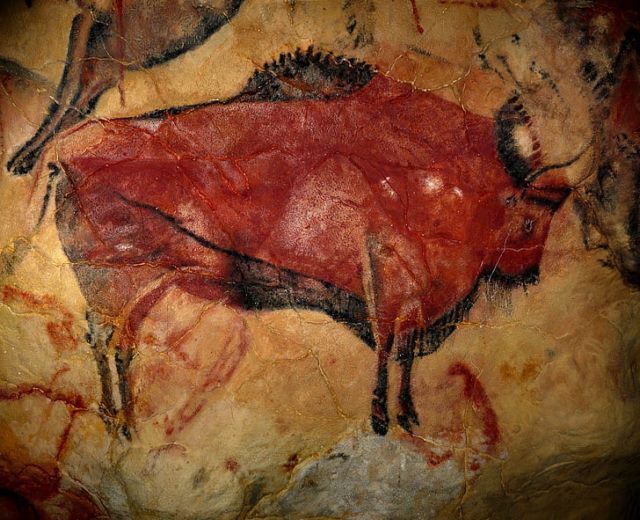Di., Nov. 2nd 2021
Modern agriculture allowed the world population to grow — but many changes came with it.

Agriculture can sustain more people than foraging strategies, but it does so at the expense of a lower quality diet.
The Price of Population Growth
We were misled to believe that our lives were fragile and short before the time of agriculture. They told us that for nearly 3 million years, we had a precarious existence, roaming the land aimlessly, driven by the scanty profits of the hunt and plucking wild fruits. Human groups had no more than fifty members, possessions were scarce, and we lacked the security of permanent settlements with their walls and watchtowers. Then, shortly after 10,000 BC, our ancestors began the transition to agriculture. The human population skyrocketed, permanent settlements came into being, and the misfortunes of nomadic life vanished. Familiar as it may sound, this account is a misconception.
True, agriculture brought an unprecedented demographic boost. The world population was about 7 million people back in 10,000 BC, and everyone was a nomadic hunter-gatherer. By the time of the Roman Empire, our planet hosted 250 million people who relied on farming plus some 2 million foragers. However, this extraordinary growth overshadows a trade-off that came with agriculture: for humanity to increase at this rate, the individual had to pay the price. This price was life quality and time.
Talking Bones
One of the many testimonies of this trade-off comes from the ancient Indus, one of the prominent civilizations of the Old World that stretched from northeast Afghanistan to Pakistan and northwest India. At the ancient site of Mehrgarh (Pakistan), there is a long record of human occupation with hundreds of burials belonging to different periods. The bones of this forgotten land are not silent; they tell a surprising story through the reports of forensic anthropologists.
The skeletons from the 4800-4000 BC period present a life expectancy of thirty-one years. This was the time of the earliest villages when the extent of occupation was small—no more than twelve hectares. Farming was in its infancy, often combined with foraging practices. In time, these villages became more extensive and transitioned into towns. This process was in full motion during the 4000-3200 BC period when the extent of occupation reached one hundred hectares, and farming was the primary subsistence pillar. Yet, to our surprise, the life expectancy for this phase dropped to twenty-four years.
Life expectancy is not the only casualty of this tale. Farmers engage in repetitive and tedious work that leaves clear skeletal traces. Remains of ancient farmers display the full range of afflictions derived from these spine-breaking activities. From the neck down to the lower back and limbs, we find all kinds of stress markers and a high incidence of pathologies almost unknown to foragers.
This decrease in life expectancy and increase in stress markers is a generalized trend. Communities more dependent on farming live a shorter life compared to earlier times when their subsistence strategies were more diversified. If farming equals a shorter life coupled with a myriad of pathologies, why was it that our ancestors embraced it so dearly?

A Demographic Sleight of Hands
To make sense of this, we need to consider another piece of this puzzle. While agriculture brings life expectancy down, it raises the birth rate levels per adult female. At Mehrgarh, the 4800-4000 BC period shows an average birth rate of 4.5 children per adult female, while for the 4000-3200 BC, this figure is 5.8. Here lies the true advantage of farming, a demographic sleight of hands where life expectancy drops in exchange for a higher reproduction rate.
Agriculture can support a much larger population per unit of working land compared to foragers. A small village of a few thousand inhabitants may need no more than five to ten hectares of working land to sustain itself. On the other hand, foragers need to cover a more extensive area to feed a group of just fifty members. On top of this, farmers can influence the output per unit of land, while foragers can do nothing to increase the natural levels of animal and plant reproduction.
Farming increases the food output exponentially, but it does not provide a better diet. Foragers have a varied food repertoire as they move from one place to another in sync with the natural rhythms. They stop near a river when the fish are abundant. They move to another area and fetch vegetables, fruits, roots, seeds, and nuts when the season is right. They hunt for additional protein sources. During the year, their food covers the whole spectrum of a balanced diet. Skeletal evidence for the 30,000 to 10,000 BC shows that foragers were well-nourished and enjoyed a good living standard. We cannot say the same for the remains found across the Roman Empire, where poor nutrition is present in all areas and periods.

The Spoiled Children of History
Foragers had a well-balanced diet, lived longer, healthier lives compared to farmers. Still, their numbers faced an impassable demographic barrier. Farmers had narrower nutrition options, shorter and not-so-healthy lives, but their numbers dwarfed their nomadic neighbours. Some estimations put the labour efficiency (calories obtained per calorie invested) of early farming between ten to fifty times higher than foraging. The population growth of agriculture relied on caloric brute force—more available food at the expense of its quality.
We are the spoiled children of history who enjoy the best of both worlds, quantity and food quality. Yet, we seem to re-enact this food dilemma in our daily choices. Highly industrialized processed food is generally cheaper and widely available but not the best nutritional choice. Less processed, wholesome food may be more expensive and not always easy to find, but it is the cornerstone of a good diet.
The consensus of nutrition experts is that highly processed food such as sugary drinks, white flour, sweets—and almost anything flushed through the gears of food factories for too long—leads to all sorts of health issues in the long run. High blood pressure, diabetes, heart conditions, and obesity are just a few examples. So, shall we surrender to the pleasures of processed food and compromise our health? Or shall we turn to less industrialized, more nutritious options and live a longer, healthier life?
The answer is written in the medical journals of our time and on the bones of our species.
Suggested Reading:
